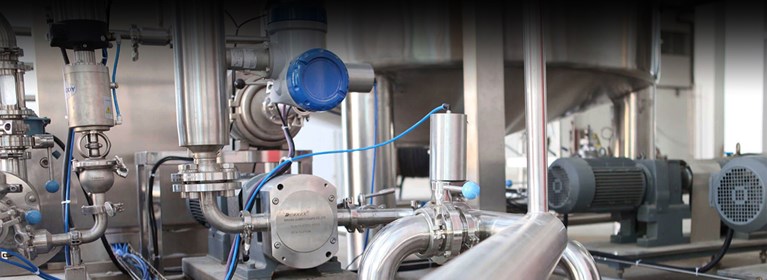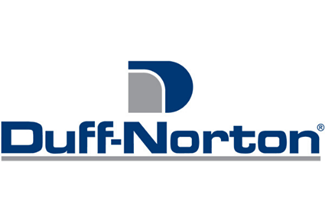
How the Linear Motion Market is Set to Grow Over the Next Decade
Manufacturing | Industry News | By Duff-Norton | Feb 07, 2020
The future for the linear motion market is one of custom turn-key solutions and data-driven technology. Opportunities are accompanied by the risks of moving into uncharted territories. When aren’t they? Still, as a business owner, choosing the right path is a complex decision. From market fragmentation and industry 4.0 technologies to consumer demand for ‘as-a-service’ offerings or broader support with purchase – it’s a lot to take in.
- Market research at Technavio says that between 2017-2021 the compound annual growth rate (CAGR) of the global linear motion systems market is expected to increase by nearly eight percent.
- In the longer term, the CAGR is expected to be 2 percent for the period of 2017-2026, according to Stratistics MRC.
The stats look sunny, but there’s work to do. US manufacturing has contracted over the last two decades, so there is an urgent need for investment in new technology to improve productivity, according to a 2017 McKinsey report that forecasts for 2025.
Linear motion is in prime position to be part of the solution. Here are five areas that are set to grow:
Automation and the skills gap
We’ve talked before about how the skills gap is growing in the manufacturing industry. Conversely, the cost of automation is falling, and with that comes a shift in what kinds of jobs are available. For example, linear actuators are key components for robotic arms used in car manufacturing. Good for the linear motion market, but what about the workers?
Trends suggest fewer, more tech-savvy employees will need to take on complex roles. Combined with considered adoption of automated systems, training is needed to close the growing skills gap and drive the industry forward in a sustainable way.
Customer service (and PaaS)
Gone are the days of ‘make a product, sell a product’. Now there’s marketing, pre-sales, post-sales, and all sorts of accompanied support provision. The modern consumer is a researcher and is unlikely to buy unless they are well-informed. And, they want to know that if something does go wrong, you will be there to fix it.
To keep up with the speed of changes, one option being tested within the linear motion market is to offer ‘products-as-a-service’ (PaaS). It’s worked elsewhere in the technology world, so expect to see ‘as-a-service’ options popping up. Their success is yet to be determined.
Turnkey and highly customizable solutions
Market fragmentation means that you might need to cast a wide net. Custom-designed control systems that are specially made to requirements are one way to go. At Duff-Norton we stand out in many industries largely for our ability to create highly-engineered customized application solutions.
It’s clear that you either have to be flexible – or cater to niche markets overlooked by the larger corporations – to thrive.
An area that is adapting is servomotors. Once not suited to harsher environments, they are now being constructed using new methods and durable materials like stainless steel. Certain designs with smoother profiles can now be used in industries with sanitary requirements as they are easier to clean. Benefits include increased precision, efficiency, and reduced size.
Self-reporting machinery – ‘Help, I’m broken!’
The idea with linear motion products is that they last a long time under duress. With that comes long-term maintenance needs that can fall to the wayside. ‘I meant to get to that’ isn’t any use after the actuator breaks.
‘Smart’ actuators advise on when they need to be checked or replaced. They gather real-time data instead of relying on estimates. Investing in this functionality will:
- Reduce waste of prematurely replaced parts
- Improve efficiency by reducing downtime
- Increase safety by pre-empting device breakages
- Provide additional opportunity for reporting/fine-tuning
GET A QUOTE ON OUR SMART ACTUATOR
Data-informed feedback devices
Speaking of data, we expect the popularity of closed-loop systems with feedback devices that moderate the behavior of a machine to rise. This allows for more complex functionality and reduces waste. You can even combine electronic sensors with, for example, a hydraulic actuator, improving precision by using analytics to adjust use.
That’s our roundup of things to come in the linear motion market. What new ideas do you think will affect the next 10 years of linear motion?
Duff-Norton
As a leading engineering manufacturer of reliable industrial lifting and positioning products, Duff-Norton is comprised of individuals with in-depth industry experience. Articles authored by Duff-Norton belong to a collection of blogs written by product and application experts throughout the organization.




 North America - EN
North America - EN


